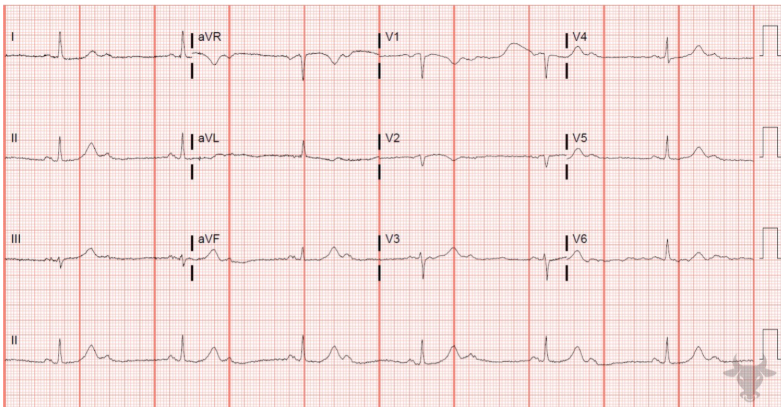Lesson 4: Narrow Complex Tachycardia 1
- Tooba Alwani
- Feb 27
- 1 min read
Updated: Mar 27
Summary of Learning Points
Narrow Complex Tachycardias can be classified as regular vs irregular and as having short RP vs long RP interval.
RP interval represents time between ventricular and atrial depolarization.
The regular NCTs are regular because their underlying etiology is typically a well-defined circuit.
Often it is difficult to determine the etiology of a NCT with 12-lead ECG alone, especially if rate > 150. Other helpful pieces of information include:
Telemetry: See how the rhythm began – Was there a preceding PAC with long PR? Was there a PVC? This can point you in the right direction.
Formal EP study: Often necessary for identifying the exact etiology and can be therapeutic (ablation) as well.
Short RP NCTs:
AVNRT
Circuit is WITHIN the AV node
Often begins with PAC
AVRT
Circuit includes an ACCESSORY PATHWAY and the AV node
Often begins with PAC or PVC
Orthodromic = circuit conduction progresses down AV node
Antidromic = circuit conduction progresses up AV node
Typically has WIDE QRS
Acute management is the same for both:
Hemodynamically stable: Vagal maneuvers, beta blockers, calcium channel blockers, adenosine
Hemodynamically unstable: Synchronized cardioversion
Long RP NCTs:
Sinus tachycardia
Atrial tachycardia
Ectopic focus or foci within the atrium resulting in p-waves with abnormal axis and morphology
Typically due to underlying medical disease (infection, pulmonary disease, etc.) and scarring/edema from prior ablations
Practice ECG
Answer


